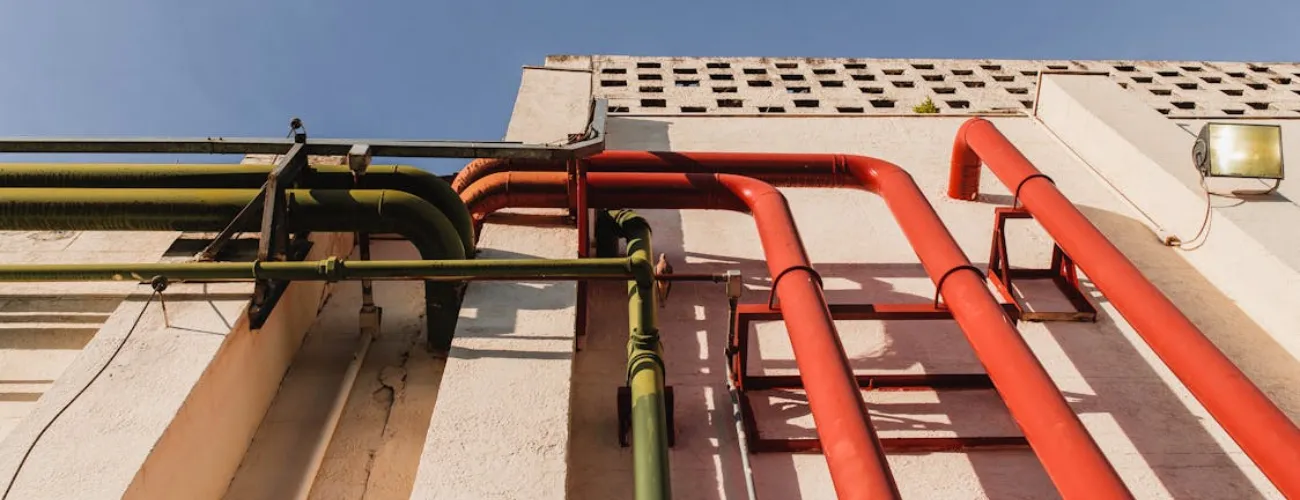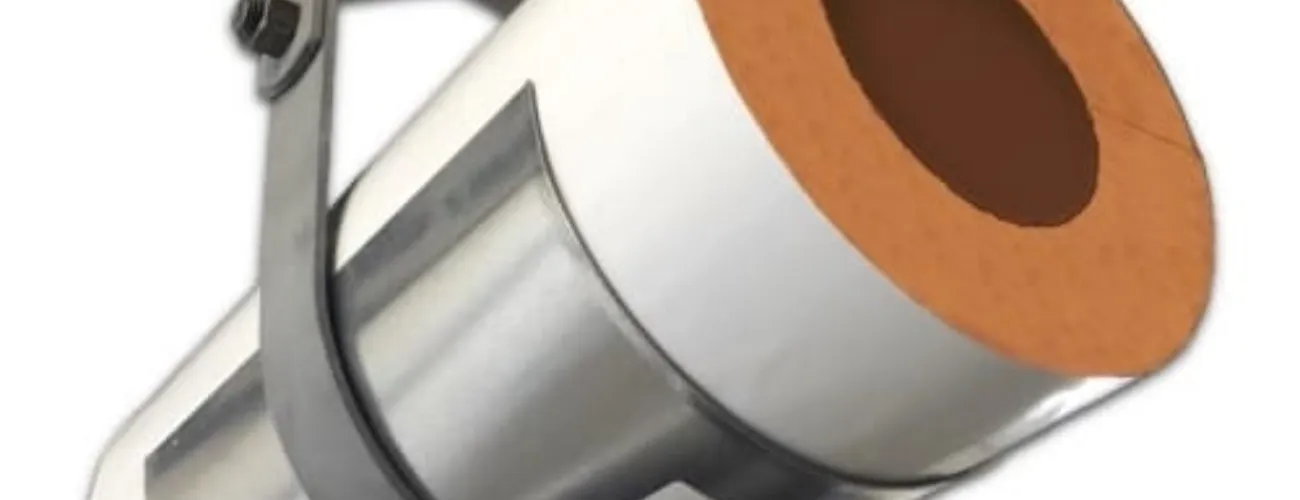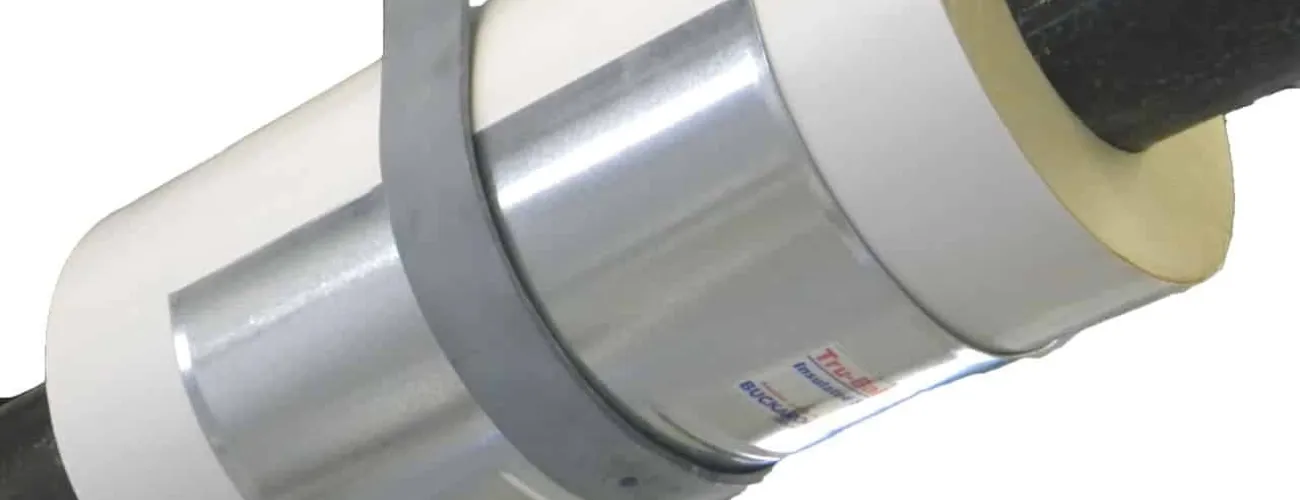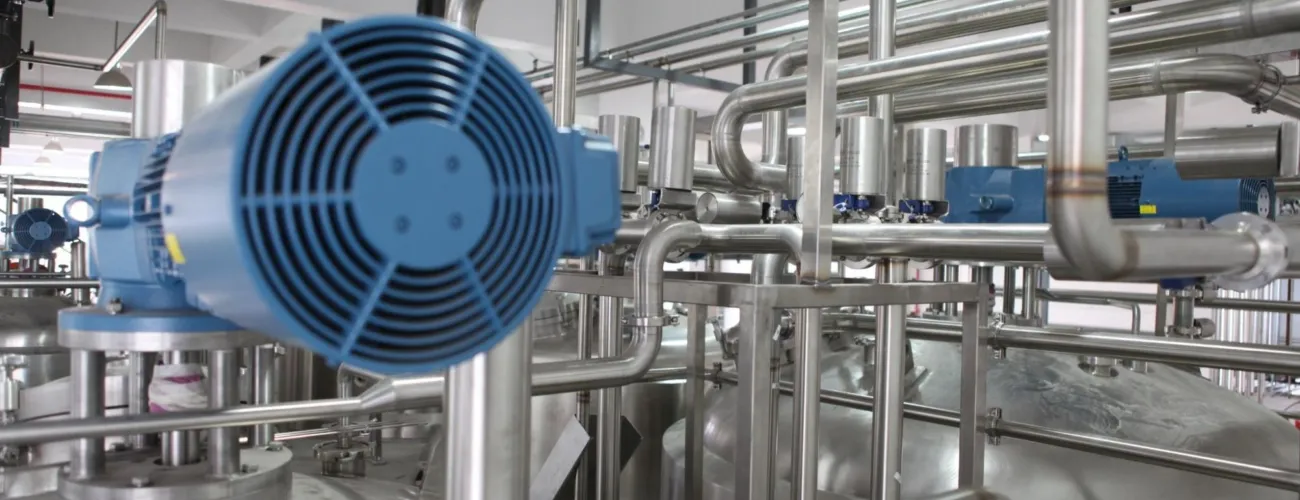Fire-Rated Pipe Insulation Explained
In the world of commercial building management and construction, ensuring the efficiency and longevity of chilled water pipes is crucial. A key aspect is pipe insulation – a critical component that’s often overlooked. The right insulation not only conserves energy, but also prevents costly issues like condensation. How does one calculate the correct thickness for this insulation?
The Role of Insulation Materials in Pipe Insulation
Insulation is essential for controlling the thermal exchange between pipes and their surroundings. In chilled water pipes, materials like polyurethane foam are used due to their low thermal conductivity. Insulation allows for thinner pipe diameters while enhancing the strength of the pipes. However, the choice of material can greatly influence the required thickness of insulation. In fact, different insulation materials can lead to varying thicknesses in order to achieve the same level of thermal resistance.
Understanding the Geographical Impact on Insulation Requirements
Geographical factors can play a significant role in determining insulation needs. For instance, in humid countries like Malaysia, the insulation thickness for chilled water pipes tends to be greater to prevent surface condensation effectively. This is because the higher dew point demands thicker insulation. Conversely, in drier regions like Las Vegas, the insulation requirements are comparatively less.
How Do I Calculate the Thickness of Insulation for Chilled Water Pipes?
Step-by-Step Guide to Insulation Thickness Calculation
1. Calculating Convection Resistance of Chilled Water
The first step involves calculating the thermal resistance between the chilled water and the pipe. This calculation needs to consider factors like the radius of the pipe and the convection coefficient of the water.
2. Determining Thermal Resistance of the Pipe
Next, calculate the thermal resistance of the pipe itself, typically made of materials like carbon steel, and known for their specific thermal resistance properties.
3. Calculating Thermal Resistance of Insulation Material
The most significant step is calculating the thermal resistance of the chosen insulation material. For example, polyurethane foam has a specific thermal resistance that can be calculated using its density and thermal conductivity.
4. Considering Additional Factors in Insulation
Additional elements like the jacket of the pipe and the air convection resistance play a minor, yet integral part in the overall insulation calculation.
5. Summing Up Resistances for Total Calculation
Combine the different resistances to get the total thermal resistance, which is crucial for determining the necessary insulation thickness
6. Calculating the Outer Surface Temperature
This involves using the total thermal resistance to calculate the pipe’s outer surface temperature, to ensure that it doesn’t fall below the dew point to prevent condensation.
7. Checking for Condensation Risks
Cross-check the outer surface temperature with the dew point to assess the risk of condensation, to help ensure that the insulation grade and thickness are appropriate.
Industry Standards and Compliance
Following industry standards is crucial to ensure safety and efficiency. The American Society of Heating, Refrigerating, and Air Conditioning Engineers (ASHRAE) offers useful guidelines on insulation thickness. Their recommendations take into account factors such as humidity levels and thermal conductivity.
Remember that it’s important to consider regional climate conditions and make adjustments accordingly for optimal results.
The ASHRAE Standard 90.1-2010 introduced significant changes to the minimum pipe insulation thickness requirements that are crucial for energy efficiency in building designs. Key points include:
Increased Insulation Thickness
The 2010 revision mandates greater pipe insulation thicknesses compared to the 2007 standard, particularly for above-ambient temperature services. This increase is aimed at reducing energy usage in buildings??.
Specific Requirements Based on Temperature and Pipe Size
The standard features two tables (6.8.3A and 6.8.3B) that specify minimum insulation thicknesses for both above- and below-ambient systems, categorized by pipe size and operating temperature??.
Above-Ambient Service Insulation
For pipes operating at temperatures above ambient, such as steam heating pipes above 350° F, the required insulation thickness has significantly increased. For instance, steam heating pipes may now require up to 5 inches of insulation. Hot water pipes for hydronic heating systems require a minimum of 2 inches of insulation for pipe sizes of 1-1/2 inches NPS and above??.
Below-Ambient Service Insulation
For below-ambient services, such as chilled water lines, the new standard does not notably increase insulation thickness. A uniform thickness of 1 inch is deemed sufficient for all sizes in the 40° F to 60° F range. This decision is based on energy conservation rather than condensation control??.
Adjustments for Different Insulation Materials
The standard includes a provision to adjust insulation thickness based on the thermal conductivity of different materials. For example, if a material with higher thermal conductivity than the standard reference is used, the required thickness would increase accordingly??.
Energy Efficiency Focus
The overarching goal of these changes is to enhance energy efficiency. Buildings designed according to the 2010 standard are expected to use 30% less energy than those compliant with the 2007 standard??.
Overall, ASHRAE Standard 90.1-2010 represents a significant step towards energy-efficient building design, with a notable emphasis on the increased insulation thickness for piping systems.
Optimizing Insulation for Energy Efficiency
To optimize pipe insulation for ASHRAE compliance, focus on understanding specific ASHRAE requirements, selecting appropriate insulation materials, adapting to local climates, consulting with HVAC and refrigeration experts, regularly inspecting and maintaining insulation, staying updated on ASHRAE standards, and keeping thorough documentation for compliance evidence.
Navigate Piping Challenges with Buckaroos’ Expert Guidance
When it comes to insulation and piping support systems, count on Buckaroos, Inc. for unmatched expertise. Our extensive knowledge and experience guarantee effective and innovative solutions tailored to your specific needs.Contact us today for more information!

Carrie Powers
Carrie channels her passion for innovative solutions in the construction industry for Buckaroos. With a deep understanding of Buckaroos' leading insulated pipe support systems and insulation protection shields, Carrie ensures that building owners, engineers, and installers are well-equipped with the best tools and products. Her dedication to digital transformation and customer engagement helps Buckaroos maintain its reputation as a trusted resource for professional insulators across North America and Canada.
Featured articles
Industrial Pipe Hangers and Supports
Steam Pipe Insulation 101: Materials and Supports
8 Types of Pipe Supports and Their Features
Understanding Industrial Pipe Insulation and the Options





